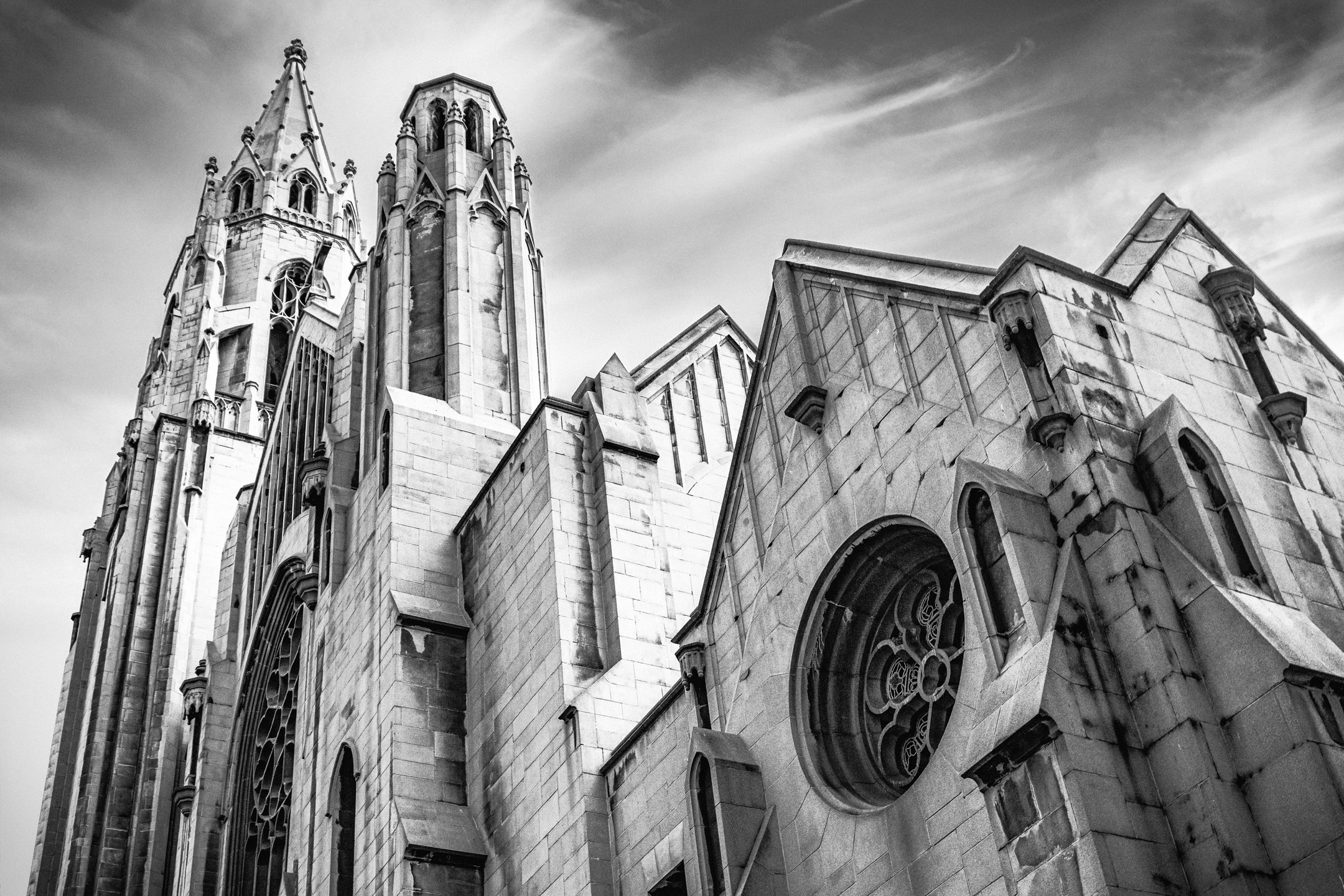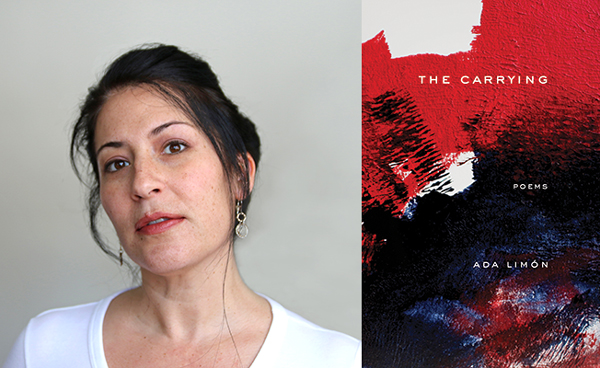
Greg Goyo Vargas’ eye-level photography captures uniqueness of LA, everyday life
Greg Goyo Vargas has an eye for capturing moments of everyday life in his city.
UCLA alumnus Vargas has been photographing Los Angeles since the ‘80s. With a natural artistic eye, Vargas said he emphasizes the uniqueness of things others may pass by. The 65-year-old LA native said he dedicates his craft to documenting the unique people and scenes of LA, connecting the city one photo at a time.
“I like to show the everyday thing that a lot of people overlook,” Vargas said. “When we’re walking around, we see so much, and we don’t process a lot of it. … I like to present that as being an important part of anyone’s day, almost like the regular daily life or breath that we take.”

Vargas said even before he began photography, he always paid attention to scenes and moments that would make good photographs. He added that prior to photography, he had an artistic frustration with no way to express himself. However, when he went to a photography exhibit by Joel-Peter Witkin in the late ‘80s, he said he was struck by the concept of creating art and combining it with photography. He said another one of his early inspirations was a scene from the 1995 film “Smoke,” in which a character shows the photos he took from the same street corner at various times…”


